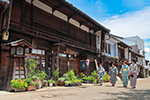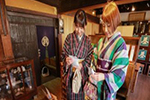関宿とは
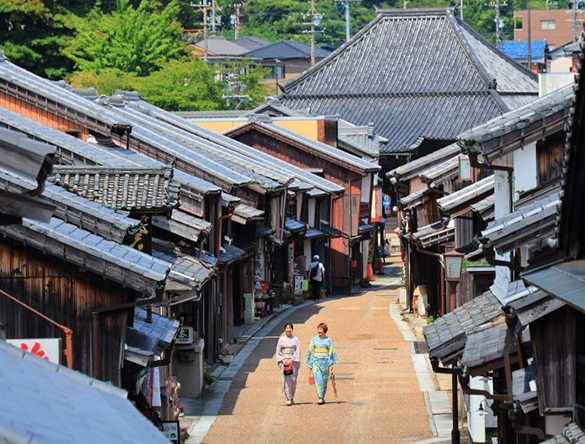
Sekijuku, the 47th post town on Tokaido, retains the townscape of the Edo period. The sight of about 200 townhouses from the Edo to Meiji periods is a sight to behold, and has been selected as a nationally important preservation district for groups of traditional buildings.
Sekijuku, which is about 1.8km long, had the Yamato Kaido road branching off from Oiwaka to the west and the Isebetsu Kaido road from Oiwaka to the east, so during the Edo period, it was crowded with people commuting on these roads, and there were many events such as sankin kotai and It flourished as a transportation hub for pilgrims visiting Ise. At the time, popular among travelers were Fukagawaya's famous confectionery `` Sekinoto,'' which was said to have been transported to the Omuro Imperial Palace in Kyoto, and ``Shiradama,'' a dango mochi with strained bean paste revived by Maeda Seika. Surprisingly, these two restaurants are still alive and well, passing on the traditional taste just like the unchanged townscape.
In a time when everything is changing so rapidly, it feels like time is passing slowly and calmly in Sekijuku. Precious historical buildings also blend into the lives of the people who live there, creating a beautiful townscape.
Why not take a trip through time at the nostalgic Sekijuku?
Sekijuku, which is about 1.8km long, had the Yamato Kaido road branching off from Oiwaka to the west and the Isebetsu Kaido road from Oiwaka to the east, so during the Edo period, it was crowded with people commuting on these roads, and there were many events such as sankin kotai and It flourished as a transportation hub for pilgrims visiting Ise. At the time, popular among travelers were Fukagawaya's famous confectionery `` Sekinoto,'' which was said to have been transported to the Omuro Imperial Palace in Kyoto, and ``Shiradama,'' a dango mochi with strained bean paste revived by Maeda Seika. Surprisingly, these two restaurants are still alive and well, passing on the traditional taste just like the unchanged townscape.
In a time when everything is changing so rapidly, it feels like time is passing slowly and calmly in Sekijuku. Precious historical buildings also blend into the lives of the people who live there, creating a beautiful townscape.
Why not take a trip through time at the nostalgic Sekijuku?
モデルコース
"Sekijuku" is known as the 47th post town on the 53 stations Tokaido.
We will introduce a model course where you can experience the history of Sekijuku while enjoying the townscape of the time.
We will introduce a model course where you can experience the history of Sekijuku while enjoying the townscape of the time.
観光駐車場スタート
徒歩6分
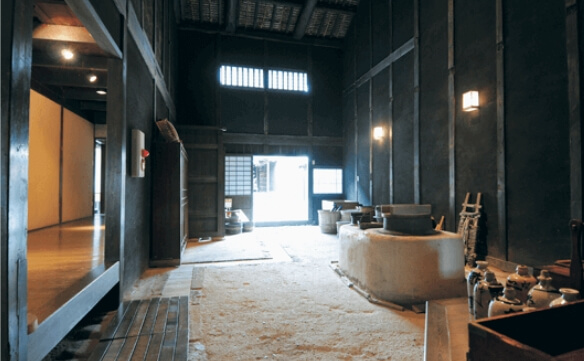
11:00
SekijukuHatagoTamayaHistoryMuseum
Travel inns in the Edo period were called ``hatago,'' and ``Tamaya'' was so large that it was said, ``If you want to stay in Seki, choose Tsuruya or Tamaya, and if you still want to stay, choose Aizuya.'' Currently, the valuable inn architecture from the Edo period displays tools and travel materials from that time, allowing you to enjoy the atmosphere of the inn of yesteryear.
徒歩6分
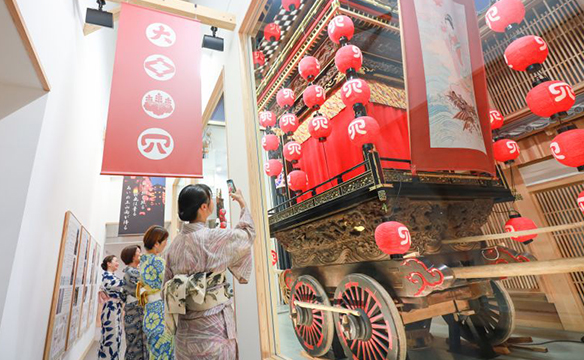
11:30
Seki no Yama float hall
The Sekijuku Gion Summer Festival is a summer tradition where floats parade past the eaves of narrow houses. The Seki floats that are rolled out here are unique in that only the top part rotates from the bottom, making it a unique shape even in Japan. SekinoyamaKaikan is a museum that permanently displays two real floats. We introduce the history and charm of Seki's floats, which are tangible folk cultural assets of KameyamaCity, including displays of portable shrines and models of floats that were once used at Seki Shrine.
徒歩5分
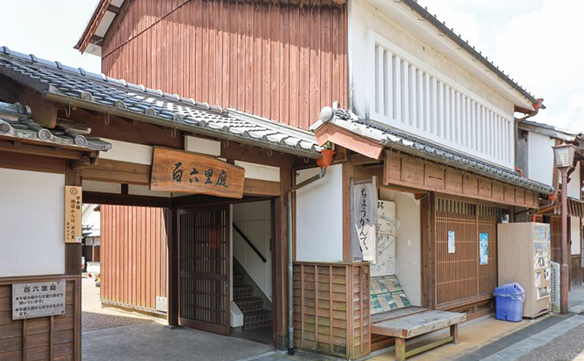
11:50
Hyakurokuritei (Choukan-tei)
Sekijuku The garden "Hyakurokuritei" built along the street is a resting spot named after Sekijuku, which is about 106 ri from Edo. From the "Gazan-tei" facing the street, you can see the streets of Sekijuku lined up in rows, reminding you of the old days.
徒歩5分
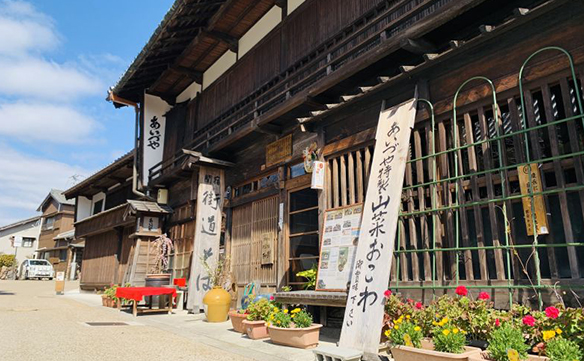
12:00
Aizuya Aizuya
``Aizuya'' is the birthplace of ``Koman of Seki'', who became famous for avenging her father's death despite being a woman, and is one of the representative large inns of Sekijuku. It opened as a. The specialty here is ``Yansai Okowa,'' which is steamed using underground water in a Taisho-era oven filled with firewood.
徒歩0分
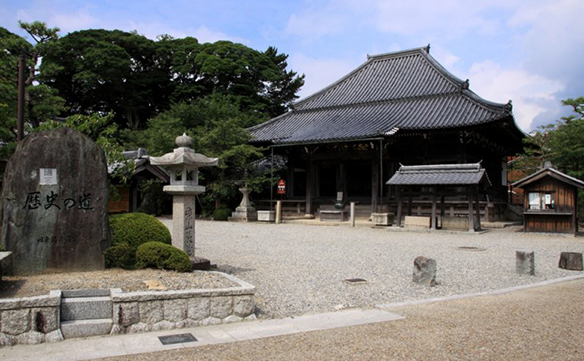
13:00
Seki Jizoin
Seki Jizo-in, which is said to have been founded by Gyoki Bodhisattva in 741, is said to have its origins when the monks of Todaiji Temple placed Jizo Bodhisattva there to save many people from smallpox. From there, it gained the faith of people traveling on Tokaido, and the popular song ``Put a long-sleeved kimono on the Jizo of Seki and take him as a bridegroom for the Great Buddha of Nara'' was born. He also has a deep connection with Zenji Ikkyu, and has left behind some interesting anecdotes.
徒歩0分
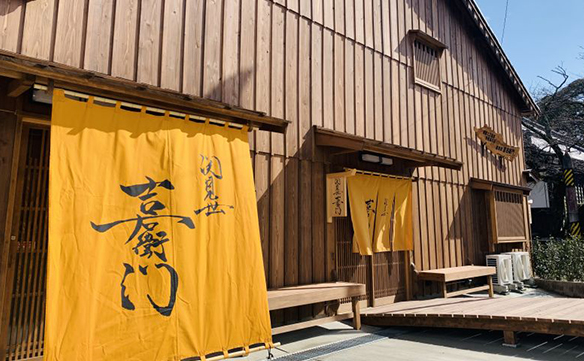
13:00
Sekimise Kichiemon
A souvenir shop located in a renovated 150-year-old traditional house. We carry over 500 products, including local Sekinoto products and special items from Mie Prefecture, including Mie Prefecture's famous confectionery ``Seki no To''. There are also famous sweets from all over Japan that you can't buy anywhere else, making it as fun as a product exhibition.
徒歩3分
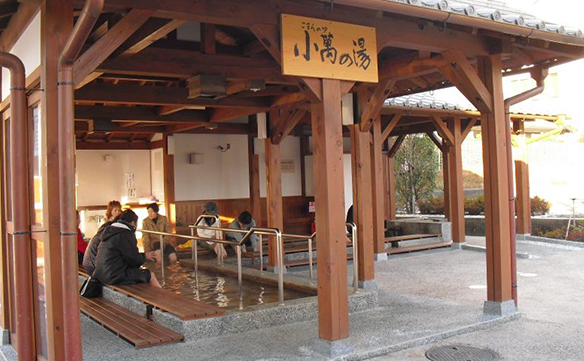
13:30
Koman no Yu (footbath)
Koman no Yu, located in a corner of the tourist parking lot, is a free footbath spot. There is also a rest area, so after walking around town, why not stop by and soak in the footbath to soothe your tiredness from your travels?
Click here for frequently viewed articles about Sekijuku
関宿周辺で
play! eat!
Recommended spots around Sekijuku, a town with a good old history
I would like to introduce you to a restaurant.
I would like to introduce you to a restaurant.
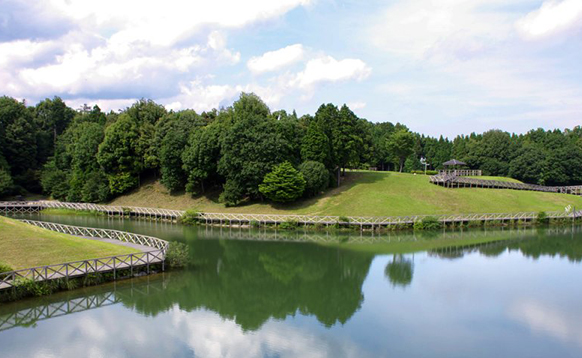
Kameyama Sunshine Park
This is a highway oasis that combines the Kameyama Parking Area on the Higashi-Meihan Expressway and a city park. Centered around a large pond, there is a lawn area, kids' play area, barbecue area, and more, so you can spend a relaxing time surrounded by nature.
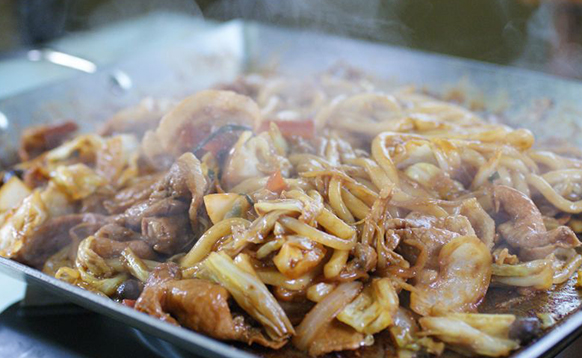
Kawamori Shokudo
A popular restaurant popular for Kameyama's local gourmet dish, ` KameyamaMisoYakiUdon.'' Grill the vegetables and offal on a griddle, then coat with a rich red miso-based miso sauce. Please enjoy this satisfying menu with the aroma of garlic that will whet your appetite.
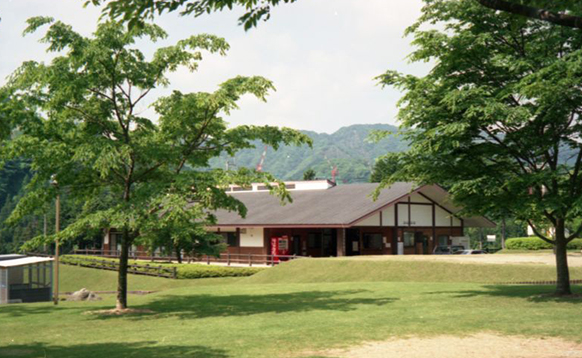
KameyamaCity Sekisuikei Campsite
A scenic campsite located within Suzuka Quasi-National Park. There are tent sites, bungalows, indoor training facilities, etc. near Sekisuikei, a valley in the upper reaches of the Anraku River with waterfalls and deep pools, making it popular with campers. There is also a water playground, so you can stay cool even in the summer.
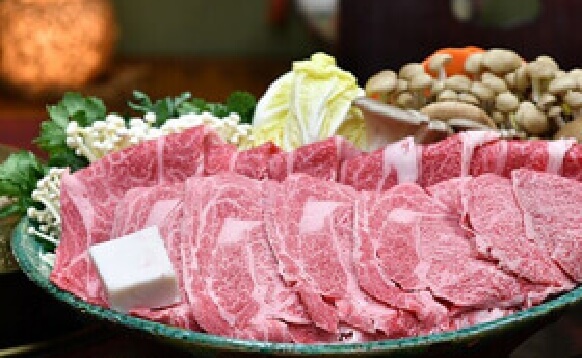
The original meat mizutaki restaurant Mukai
Founded in 1930. ``Ganso Niku Mizutaki'' is a specialty hotpot where specially selected Matsusaka beef is quickly soaked in kelp soup and served with a secret soy sauce-based sauce. Since it's run by a butcher, we guarantee not only good taste but also reasonable prices.
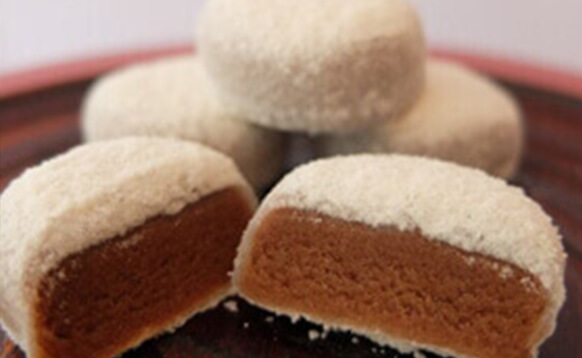
Tokaido Sekijuku famous sweets Sekinoto Tobukagawaya
A long-established Japanese confectionery shop that has been around since the time of the third Tokugawa shogun, Iemitsu. `` Sekinoto'' is a famous confectionery said to have been devised by a descendant of ninjas.It is an elegant and popular Japanese confectionery that is made with a smooth red bean paste wrapped in gyuhi skin and sprinkled with Awa's specialty ``Wasanbon''.
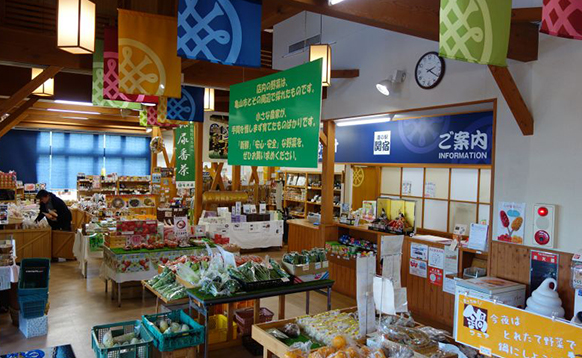
Michi-no-eki Sekijuku
Michi-no-eki at the entrance to Sekijuku. The shop is stocked with fresh locally grown vegetables, specialty products made with local ingredients, and historic sweets. You can also enjoy local gourmet dishes such as ``Kameyama Misoyaki Udon'' and ``Kameyama Ramen.''
亀山の歴史
Kameyama, the sacred place where the tomb of the legendary hero Yamato Takeru is located, is a place rich in nature, with the beautiful peaks of the Suzuka Mountains running from north to south and a clear river flowing from east to west.
Since ancient times, it has been a key transportation hub connecting the capital and eastern regions, and during the Edo period, three post towns were established that connected Tokaido: Kameyama-juku, Sekijuku, and Sakashita-juku.
It is said that a new culture that fuses Eastern and Western cultures has blossomed here.
As you walk through the town of Kameyama, you can see that the city's vitality is coming back to life, even though it may not look the same to the naked eye.
Since ancient times, it has been a key transportation hub connecting the capital and eastern regions, and during the Edo period, three post towns were established that connected Tokaido: Kameyama-juku, Sekijuku, and Sakashita-juku.
It is said that a new culture that fuses Eastern and Western cultures has blossomed here.
As you walk through the town of Kameyama, you can see that the city's vitality is coming back to life, even though it may not look the same to the naked eye.
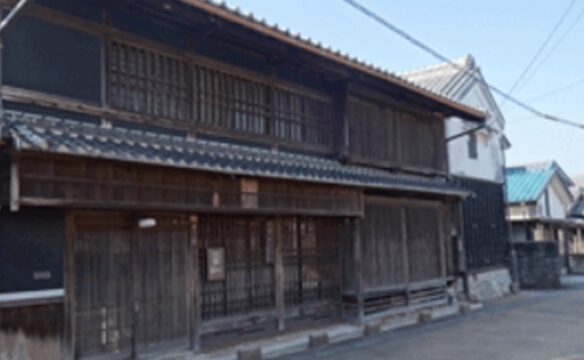
Kameyama-juku
This is the 46th post town of the 53 stations of Tokaido, counting from Edo. Although it is a large town spanning approximately 2.5 km, there is only one honjin and one waki-honjin, which were lodging facilities for feudal lords, and there are 21 inns, as the pilgrimage route to Ise is off the route. It seems that it was a relatively small post town. However, traces of the past remain in many places, such as the ruins of the Kato family residence, the former Tate family residence, and the ruins of the tag counter, allowing you to feel the atmosphere of a castle town.
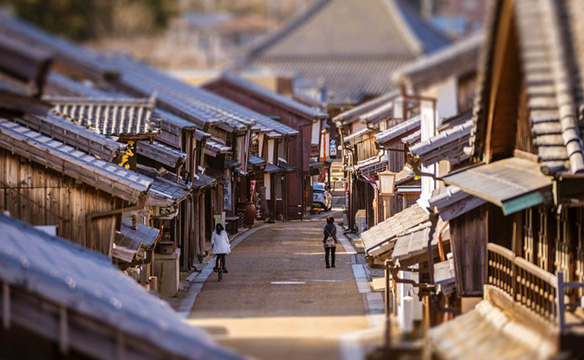
Sekijuku
Suzuka Seki, one of the three ancient seals, was located in Sekijuku. It was a strategic point for transportation. Tokaido As the 47th inn town on the 53rd itinerary, it was crowded with people on their way to and from Ise. In 1984, it was selected as a national important traditional building preservation district because it is the only one of the former Tokaido inn towns that still retains its historical townscape. Sekijuku The area of the district extends about 1.8 km between East and West Oiwake, and more than 200 old town houses built between the Edo and Meiji periods still remain.
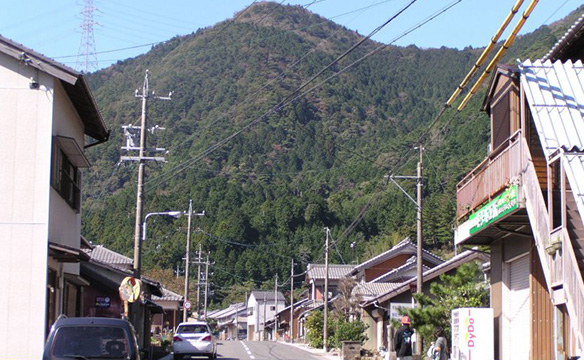
Sakashashuku
It is a bustling post town as the 48th post town on the 53 stations of Tokaido. Because it was close to the deep mountain Suzuka Pass, which was known as the "difficult point of Tokaido," many feudal lords and other families staying overnight there, and in the latter half of the Edo period there were three honjins, one wakihonjin, and 48 inns. I did. Its appearance changed with the opening of the Kansai Railway in the Meiji period, and although the scenery of the past has been lost, traces of the past can still be seen in the stonework.
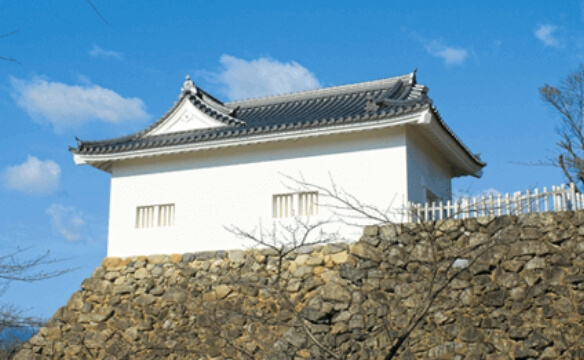
Kameyama Castle
Tokaido Kameyama Castle was built by Munenori Okamoto in 1590 in Kameyama, which was a strategic location for transportation by holding down the Suzuka Pass. The castle has white lacquered walls with gabled roofs and gables on three sides, and the Tamon turret, which rises above the high stone wall, was used as an armory in the latter half of the 18th century. In Utagawa Hiroshige's ukiyoe work "Tokaido Gophensanji", a procession of feudal lords is depicted on a snowy morning, climbing up Kyoguchizaka slope Tokaido that leads to Kameyama Castle Kyoguchimon.
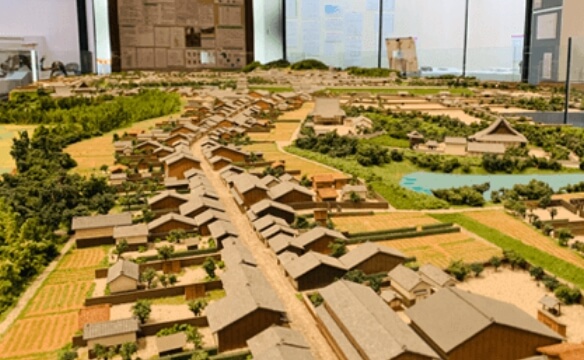
KameyamaCity History Museum
Kameyama has a culture that was nurtured through interaction between eastern and western Japan. Why not interact with Kameyama's rich history while looking at the exhibits such as old documents, armor, swords, and other belongings of the Kameyama feudal lord, as well as a diorama of Kameyama Castle Town? When you take a walk around Kameyama after looking at the diorama, you will feel like you are coming back to what it was like back then.
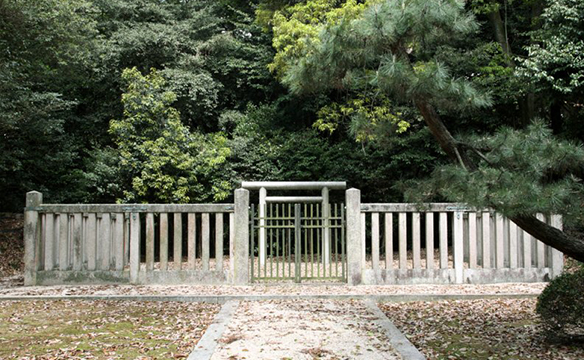
Japan Takeru Nohono Tomb
The largest keyhole-shaped tumulus in northern Mie, believed to have been built in the latter half of the 4th century (total length: 90 m, rear round part diameter: 54 m, height: 9 m). Based on the chronicle's description that Yamato Takeru, who was ill, died in Nohono, Ise Province on his way back from the Eastern Conquest, and a mausoleum was built there, it was designated as the ``Japanese Takeru Nohono Grave'' in 1888. According to legend, Yamato Takeru's soul transformed into a white bird and flew away.
関宿アクセスマップ
Sekijuku in KameyamaCity, which has a history of flourishing as a post town on the 53rd station of Tokaido, is located in the north-central part of Mie Prefecture.
From Nagoya, it takes 1 hour and 5 minutes on the JR Kansai Main Line.
From Nagoya, it takes 1 hour and 5 minutes on the JR Kansai Main Line.
By train
Access map to Sekijuku
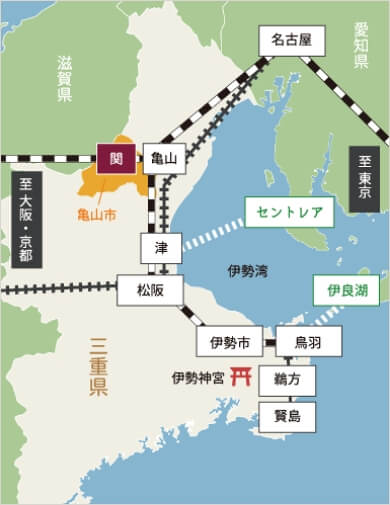
Sekijuku tourist map
By car
For Nagoya
Approximately 50km, approximately 40 minutes
Higashi-Meihan Expressway (Nagoya Nishi IC - Kameyama IC)
Higashi-Meihan Expressway (Nagoya Nishi IC - Kameyama IC)
Towards Osaka
(Suita IC ~ Kameyama IC)
Meishin Expressway ~ Shin-Meishin Expressway ~ Higashi-Meishin Expressway Approximately 110km, approximately 80 minutes
>> From Kameyama IC, take National Route 1 towards Shiga/Kyoto
Meishin Expressway ~ Shin-Meishin Expressway ~ Higashi-Meishin Expressway Approximately 110km, approximately 80 minutes
>> From Kameyama IC, take National Route 1 towards Shiga/Kyoto
Toward Ise
Approximately 70km, approximately 50 minutes
Ise Expressway (Ise IC - Kameyama IC)
>> From Seki IC, head towards National Route 1/Turn left at Route 1 and head towards Shiga/Kyoto
Ise Expressway (Ise IC - Kameyama IC)
>> From Seki IC, head towards National Route 1/Turn left at Route 1 and head towards Shiga/Kyoto
